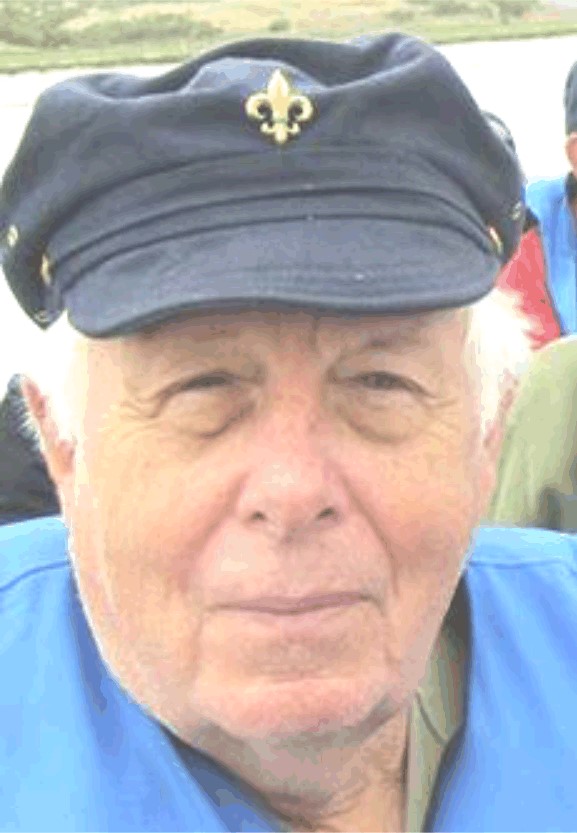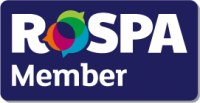
John F. Flory P.E.
USA
Phone: 1-973-267-0871
Email: flory@tensiontech.com
John Flory is a mechanical engineer who worked for over 20 years for Exxon Research and Engineering Co. He served as Exxon's specialist in offshore mooring systems for tankers. He has extensive experience in research, development, design and application of mooring systems and associated components, especially hawsers and hoses. Mr. Flory is a founding member of Tension Technology International (TTI). With TTI, he has performed research on rope terminations, conducted rope, yarn, and hose testing, and given training sessions on safe use of marine ropes. He has advised the U.S. Navy and various oil companies and has investigated many rope, mooring hawser, and cargo hose failures.
Major accomplishments
Invented and developed the SALM (Single Anchor Leg Mooring) for mooring and loading large tankers offshore in severe environments. Conducted and supervised the analysis, design, testing, specification, procurement, and installation of SALM systems for Exxon and other oil companies.
Authored the U.S. Coast Guard Guidelines for Deepwater Port Single Point Mooring Design. This included the first extensive survey of synthetic fibre mooring ropes. These Guidelines are now used as a basis for licensing offshore tanker terminals in the United States.
Conducted and monitored almost one thousand model tests of various single point mooring systems. Developed methods of analyzing test data and of predicting and estimating SPM mooring loads from these data. Performed and supervised development of mooring load prediction computer programs.
Developed synthetic fibre rope cyclic load and abrasion test methods as the principal investigator for the Oil Companies International Marine Forum (OCIMF) Hawser Standards Development Program. Conducted over 200 breaking strength, cyclic load and abrasion tests on many different rope structures and fibre types. Prepared the OCIMF SPM Mooring Hawser Guidelines For Purchasing, Production, and Prototype Testing.
Determined that premature failure of large double-braid ropes during cyclic loading was due to difficulties in assembling splices, resulting in a load imbalance within the rope. Developed quality control steps to assure that splices are properly assembled, which increased strength and significantly improved rope life.
Analyzed and tested chains bent over small-radius fairleads to establish that the large fairleads recommended by others after the Amoco Cadiz incident were unnecessary. Recommended practical, economical towing chain fairleads for tankers which have now been adopted as an industry standard.
Served as consultant and advisor to major joint-industry test program on large aramid ropes. Conducted break and cyclic load tests on one million lb break strength aramid ropes and analyzed failure modes. Determined that axial compression fatigue in splices was principal form of cyclic load failure, which could be avoided with alternative termination designs.
Conducted research on light-weight terminations for large aramid ropes for the U.S. Navy. Developed the divided-cavity potted socket termination. Achieved 50% greater strength while decreasing size and weight of conventional resin potted terminations.
Investigated high-modulus and high-performance fibre ropes. Advised U.S. Navy and tanker companies on use of newer synthetic fibre mooring lines on vessels.
Conducted detailed examination and break tests on used six-strand fibre rope mooring lines retired from service on tankers. Developed quantitative relationships between lay length, strand and rope diameter, and other parameters, and residual break strength. Prepared fibre and wire rope inspection and replacement guidelines which are used on Exxon tankers.
Identified yarn-on-yarn abrasion as a principal cause of rope strength reduction during cyclic loading. Invented apparatus to test yarn abrasion properties. Conducted comparison tests for yarn producers to select the best yarn finish for high-performance ropes. The yarn-on-yarn abrasion test machine is now used by fibre producers and rope manufacturers for research and quality control.
Developed testing techniques for external yarn abrasion and for yarn-on-yarn friction. Conducted bench mark testing of many polyester and high-modulus fibre yarns for a joint industry research program investigating the potential performance of high-performance fibre ropes for moorings.
Investigated numerous mooring hawser and rope failures at SPMs and at conventional berths. Identified failures due to splicing problems, material substitutions, and line handling, as well as other, external causes of synthetic fibre mooring rope failures.
Determined that bending fatigue was the cause of a cargo hose failure. Revised the industry standard bend test to impose more realistic bending moments on the critical end portion of the hose. To meet the more stringent bend test requirement, one manufacturer produced a new hose design which exceeded the burst test pressure by 50% and was no more expensive.
Advised research on service life and replacement criteria for rubber and composite-material dock cargo hoses. Determined relationships between types of damage and in-service pressure test measurements to the actual burst pressure of typical cargo hoses.
Also identified unusual hose failures due to design and manufacturing problems.
Investigated numerous cargo hose failures at SPMs, on tankers and barges, and on docks. Identified failures due to manufacturing defects, material substitutions, and hose handling problems, as well as other, external causes of small and large cargo hose failures.
Co-developed the OPTIMOOR computer program for analysis of vessel mooring arrangements ar piers. Incorporated wind coefficients, tide and current functions, and synthetic fibre load-extension characteristics. Used OPTIMOOR to analyze tanker mooring accidents.
Developed and conducted short course on mooring line safety on board tankers. Developed and conducted short course on SPM design and analysis. Organized MTS International Rope Technology Workshop at Cornell University.
Education
University of Nebraska, Lincoln, B.S. Mechanical Engineering, 1962
University of Nebraska, Lincoln, M.S. Engineering Mechanics, 1963
Experience
U.S. Air Force Special Weapons Center, Kirtland AFB, NM, Research Project Officer
Exxon Research and Engineering Co., Florham Park, NJ, Civil and Marine Section, Group Head, Engineering Associate, 1966-1986
Tension Technology International, Morristown, NJ, Vice President, 1986-Present
Registration
Licensed Professional Engineer, New Jersey, L19642
Committees and professional societies
American Bureau of Shipping, Committee on Single Point Moorings (1974); American Society For Testing Materials, Committee on Ropes and Cordage; American Society of Civil Engineers, Committee on Marine Fibre Rope; American Society of Mechanical Engineers, Past Section Chairman; the Cordage Institute, Technical Committee, Chairman- Rope Test Subcommittee; Marine Technology Society, Chairman - Ropes/Tension Members Committee; National Society of Professional Engineers; Society of Marine Consultants, member Executive Committee and Board of Directors; Society of Naval Architects and Marine Engineers; U.S. Navy Man-Made Fibre Rope Taskforce Advisory Group (1983)
Publications and patents
Author of over 50 technical publications and papers.
Inventor of 20 U.S. patents and other corresponding foreign patents.
John Flory

/NQA-ISO-9001-Logo-UKAS.jpg)
/NQA-ISO-45001-Logo-UKAS.jpg)
